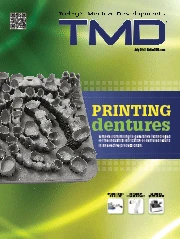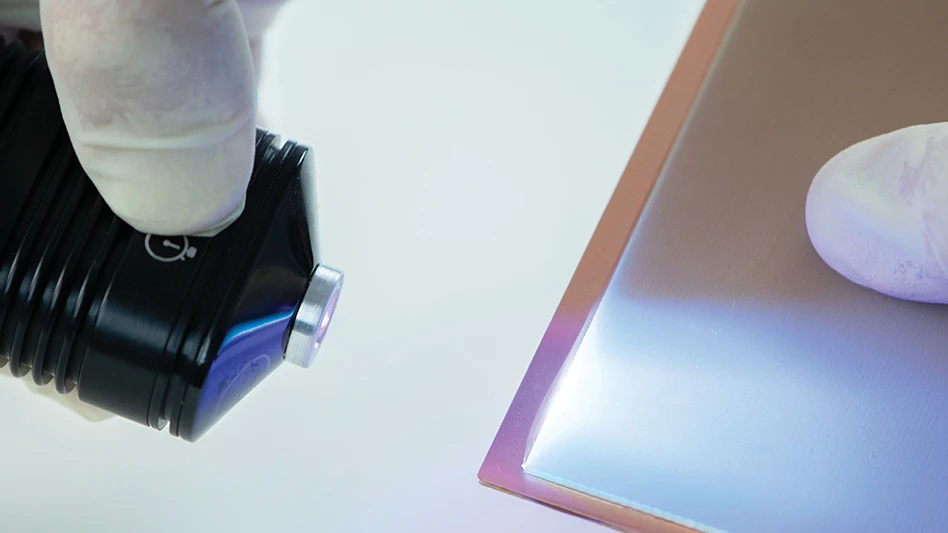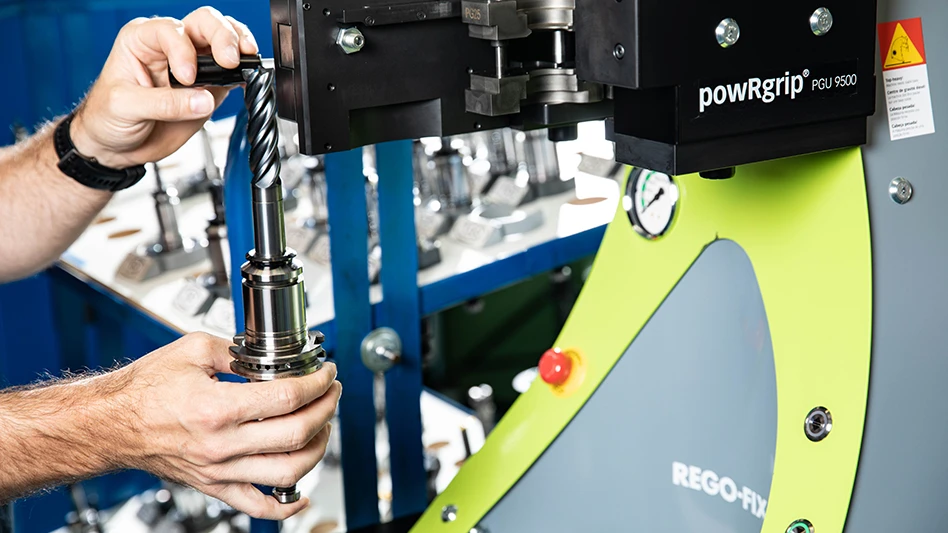 If heart valves do not close properly, they require replacement. Up to now, conventional treatment of venous valve failure has always, and exclusively, been via medication. In future, an implant will assume the function of damaged valves – and a new dispensing tool means making these prostheses can be via an automated process.
If heart valves do not close properly, they require replacement. Up to now, conventional treatment of venous valve failure has always, and exclusively, been via medication. In future, an implant will assume the function of damaged valves – and a new dispensing tool means making these prostheses can be via an automated process.
It is one of the most commonly occurring medical conditions – chronic venous in-sufficiency (CVI). Almost 10 million German citizens suffer from weak veins that require treatment, with twice as many women affected as men. The cause of this widespread condition is restricted functioning of the venous valves in the legs. If the venous valve is no longer able to close properly, blood will observe the laws of gravity in between heartbeats and flow down to collect in the legs. This leads to edemas, and can cause open ulcers in particularly severe cases. CVI is usually treated with anti-inflammatory drugs and diuretics; as of yet there is no globally available venous valve implant that can be used to treat the illness. This is something that researchers from the Fraunhofer Institute for Manufacturing Engineering and Automation IPA, Stuttgart, Germany, are setting out to change. In close collaboration with four industrial partners and Helmholtz-Institute for Biomedical Engineering of RWTH Aachen University, researchers have developed an automated production facility that can make venous valve prostheses from polycarbonate-urethane (PCU), a plastic. The project received sponsorship from the German Federal Ministry of Economics and Technology BMWI.
The centerpiece of the facility is a 3D droplet-dispensing tool, which enables the researchers to precisely apply a particular polymer onto freeform surfaces and at the same time combine various grades of polymer hardness, called Shore hardnesses.
“3D droplet dispensing technology is an additive procedure that allows three-dimensional geometries to be created, layer by layer, using a polymer,” explains Dr. Oliver Schwarz, group manager, IPA.
The scientists use PCU because it is particularly strong and flexible, while another useful property of the material is that it is easy to sew into surrounding tissue. Production of PCU structures can be into very thin layers, which is ideal when replacing wafer-thin atrioventricular valves.
“By using PCU in combination with our 3D dispensing kinematics, we can achieve seamless transitions within the material between six different grades of elasticity and hardness – without any breaking points whatsoever. This technique mirrors the design of highly stressed structures in nature. It cannot be done using injection molding,” Schwarz explains.
Nevertheless, how does the PCU become a venous valve prosthesis? Initially, the polymers dissolve in a solvent and then deposit onto a venous valve prosthetic mold one droplet at a time, using the dispensing tool. The system is accurate to within 25µm, and can deliver up to 100 droplets per second, each with a volume of 2 nanoliters to 60 nanoliters. A 6-axis kinematic system positions the piezo feeder precisely above the mold. Once fully coated with droplets, the mold bathes in a warm stream of nitrogen. This causes the solvent to evaporate, leaving the polymer behind. Repeating the dispensing process results in the application of additional layers and, in the end, the polymer prosthesis simply peels away from the mold. Doctors can take the finished replacement valves and implant them into the veins of the leg via a catheter passed through the skin.
The production facility comprises numerous other components besides the dispenser. The IPA experts are responsible for, amongst other things, the filling and monitoring system, the drying facilities, the entire cleanroom box, and the control mechanism for the six-axis kinematic system.
“We have successfully managed to re-program the Beckhoff control system normally used with milling machines in such a way that it can now be used with additive processes,” Schwarz reports.
The solution they have come up with will soon see the researcher and his team in a position to produce thin-walled, highly durable implants such as heart valves or intervertebral disks.
Fraunhofer Institute for Manufacturing Engineering and Automation IPA
Stuttgart, Germany
fraunhofer.de/de/en.html

Explore the July 2012 Issue
Check out more from this issue and find your next story to read.
Latest from Today's Medical Developments
- Copper nanoparticles could reduce infection risk of implanted medical device
- Renishaw's TEMPUS technology, RenAM 500 metal AM system
- #52 - Manufacturing Matters - Fall 2024 Aerospace Industry Outlook with Richard Aboulafia
- Tariffs threaten small business growth, increase costs across industries
- Feed your brain on your lunch break at our upcoming Lunch + Learn!
- Robotics action plan for Europe
- Maximize your First Article Inspection efficiency and accuracy
- UPM Additive rebrands to UPM Advanced





